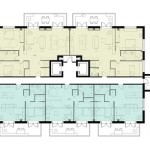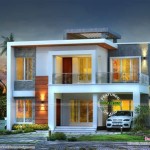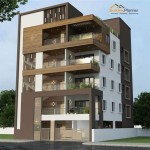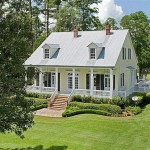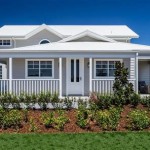Hip Roof Barn House Floor Plans
Barn house aesthetics have surged in popularity, blending rustic charm with modern amenities. A key element of this style is often the roof, and hip roofs, in particular, offer a distinct architectural appeal. This article explores hip roof barn house floor plans, examining their advantages, design considerations, and various layout options.
Advantages of Hip Roofs for Barn Houses
Hip roofs, characterized by slopes on all four sides, present several benefits for barn house designs. They offer enhanced stability against strong winds and heavy snow loads due to their aerodynamic form. This roof style also provides natural shade on all sides of the building, contributing to energy efficiency. Furthermore, the symmetrical slopes of a hip roof can lend a balanced and aesthetically pleasing appearance to the structure.
Design Considerations for Hip Roof Barn Houses
Several factors require consideration when designing a hip roof barn house. The roof pitch, or slope, impacts not only the visual appearance but also the drainage and snow-shedding capabilities. The size and placement of windows and dormers should be carefully planned to maximize natural light and ventilation while maintaining the structural integrity of the roof. Consideration of local building codes and climate conditions is also essential for proper design and construction.
Open-Concept Floor Plans
Open-concept layouts are a popular choice for hip roof barn houses, creating spacious and airy living areas. Often, the main living area, dining space, and kitchen flow seamlessly together, promoting a sense of community and connection. High ceilings, often a feature in barn structures, can further enhance the open feel. These layouts are well-suited for entertaining and fostering interaction among family members.
Incorporating Lofts and Mezzanines
The sloped ceilings of hip roofs can present opportunities for incorporating lofts or mezzanines. These spaces can serve various functions, such as additional bedrooms, home offices, or recreational areas. They offer vertical separation while maintaining visual connection to the main living space. Careful planning of stair placement and ceiling height is crucial for optimizing usability and comfort in these elevated areas.
Single-Story Hip Roof Barn House Plans
Single-story designs offer accessibility and ease of maintenance, making them an attractive option. These plans can accommodate various layouts, ranging from compact and efficient designs to sprawling ranch-style homes. Effective space planning is crucial for maximizing functionality and comfort within a single-story footprint. Outdoor living spaces can be seamlessly integrated with the interior through covered porches or patios.
Two-Story Hip Roof Barn House Plans
Two-story hip roof barn houses can maximize living space while maintaining a relatively compact footprint. These plans often feature the main living areas on the ground floor and bedrooms or private spaces on the upper level. Properly designed stairwells can become architectural features, contributing to the overall aesthetic. Consideration of natural light and ventilation on both floors is important for creating a comfortable and inviting environment.
Wraparound Porches and Outdoor Living
Wraparound porches are a classic complement to hip roof barn houses, extending the living space outdoors. These porches offer sheltered areas for relaxation and entertainment, blurring the lines between indoor and outdoor living. They can also enhance the curb appeal and contribute to the overall farmhouse aesthetic. Integration of outdoor kitchens, fireplaces, or dining areas further enhances the functionality and enjoyment of these spaces.
Material Choices and Exterior Finishes
The exterior finishes of a hip roof barn house play a significant role in its overall appearance. Traditional materials like wood siding, board and batten, or metal roofing contribute to the rustic charm. Modern interpretations may incorporate materials like fiber cement siding or composite decking for enhanced durability and low maintenance. The color palette should complement the surrounding landscape and architectural style.
Planning for Energy Efficiency
Energy efficiency is a critical aspect of modern home design. Hip roof barn houses can incorporate various strategies to minimize energy consumption. Proper insulation in the roof and walls is essential for maintaining comfortable temperatures. High-performance windows and doors can further reduce heat transfer. Renewable energy sources, such as solar panels, can be integrated into the roof design to reduce reliance on traditional energy sources. Careful consideration of these factors during the planning phase can contribute to a more sustainable and environmentally friendly home.

Gambrel Roof Pole Barns

Simple House Plans 6x7 With 2 Bedrooms Hip Roof Gable Small Design

Oak Park Modern One Story Hip Roof House Plan Mm 2896 H

24 36 Gambrel Barn Home Plan Timber Frame Hq

24 36 Gambrel Barn Home Plan Timber Frame Hq

Gambrel Series Harvest Moon Timber Frame

40 42 Monitor Barn House Plan Timber Frame Hq

24 36 Gambrel Barn Home Plan Timber Frame Hq

Raleigh Two Story Rustic Barn House Plan With An Adu Mb 4046

24 32 Gambrel Barn Shed Plans

